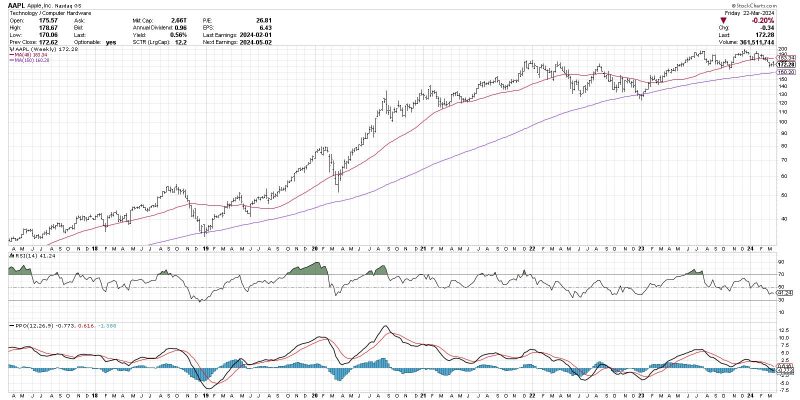Apple has long been a dominant force in the technology industry, with a loyal customer base and a reputation for high-quality products. However, recent developments have raised concerns among some investors about the company’s future prospects. In this article, we will delve into the bear case for Apple, exploring some of the key challenges that the company faces going forward.
One of the main concerns for Apple is its heavy reliance on the iPhone for a significant portion of its revenue. The iPhone has been a major driver of Apple’s success over the years, but with the smartphone market becoming increasingly saturated and competitive, there are worries that Apple may struggle to maintain its growth in this key segment. In addition, the lengthening replacement cycle for smartphones could further dampen iPhone sales in the coming years.
Another issue that Apple faces is the growing scrutiny and criticism over its pricing strategy. The company has been criticized for the high prices of its products, particularly its flagship iPhone models. As consumers become more price-sensitive and competition intensifies, Apple may find it challenging to justify its premium pricing and maintain its profit margins.
Furthermore, Apple’s heavy dependence on China for manufacturing and sales exposes the company to geopolitical risks and trade tensions. The ongoing trade war between the US and China has already impacted Apple, with tariffs and uncertainties affecting its supply chain and profitability. Moreover, the slowing Chinese economy and changing consumer preferences could pose challenges for Apple’s growth in this crucial market.
In addition to these external challenges, Apple also faces internal hurdles that could impact its future performance. The company’s innovation pipeline has come under scrutiny, with critics arguing that Apple has lost some of its innovative edge in recent years. The lack of breakthrough products and the perceived incremental upgrades to existing devices have raised questions about Apple’s ability to drive future growth through innovation.
Another area of concern is Apple’s services business, which the company has been increasingly focusing on as a source of revenue diversification. While services such as Apple Music and iCloud have shown growth potential, they still account for a relatively small portion of Apple’s overall revenue compared to hardware sales. The success of Apple’s services business will depend on its ability to expand offerings, attract more subscribers, and compete with established players in the market.
In conclusion, while Apple remains a formidable player in the technology industry, there are valid reasons to be cautious about the company’s prospects. From challenges in its core iPhone business to issues with pricing, innovation, and diversification, Apple faces a complex set of obstacles that could impact its future growth and profitability. Investors and analysts will be closely monitoring how Apple navigates these challenges and whether the company can maintain its leadership position in the ever-evolving tech landscape.
